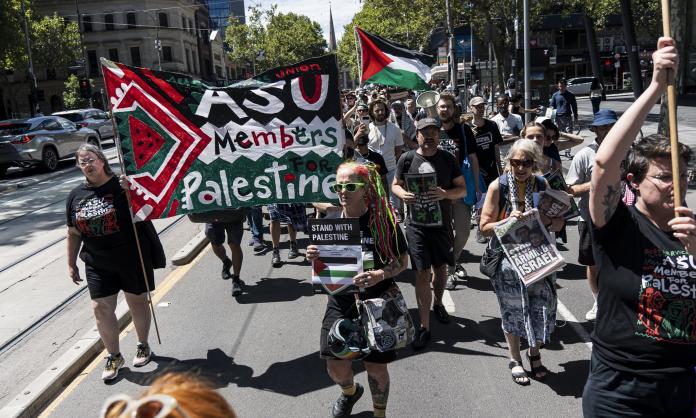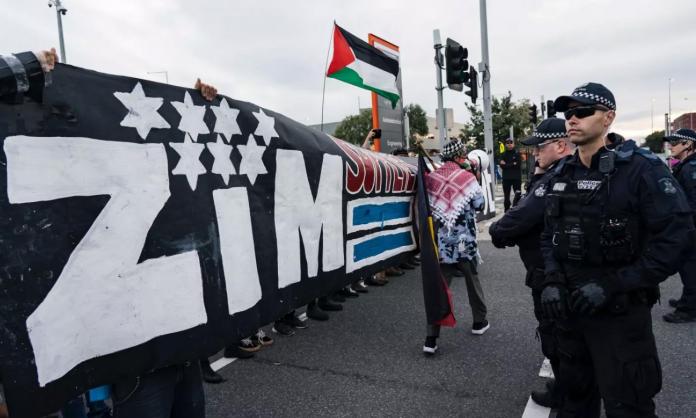Less than two months after Labor’s landslide election, Western Australian public sector workers are facing what premier Mark McGowan is touting as the “biggest shake-up of the public sector in decades”.
The “shake-up” will result in government departments being cut in number from 41 to 25, a process the government admits will “inevitably” result in job losses. Jobs will be slashed in their thousands. McGowan says this is necessary to bring the budget of the debt-ridden state into surplus. That the state public service is on the chopping board comes as no surprise. As part of its election campaign, the Labor Party promised to find $750 million in “savings” from the public service.
McGowan has attempted to sell the cuts by focusing on a planned 20 percent reduction of the 521-member Senior Executive Service. The SES comprises Western Australia’s highest paid bureaucrats and public sector executives. Few will shed a tear for the likes of Racing and Wagering chief executive Richard Burt, who, according to the West Australian, pockets an annual salary of $660,000 (the highest of any public sector bureaucrat). However, the sacking of 100 or so senior executives would save at most some tens of millions. This is less than one-tenth of the $750 million in “savings” the government has slated. The bulk of the cuts will be felt by ordinary public sector workers losing their jobs, and others facing cuts to services.
There is a clear alternative: make the mining bosses pay. According to the Australia Institute, the WA government gives the mining industry more than $1 billion a year in handouts and subsidies. The government could scrap this tomorrow. Or it could simply demand more royalties from mining companies. The Nationals last year proposed raising mining royalties for the two biggest iron ore producers – BHP Billiton and Rio Tinto – from the current figure of 25 cents per tonne (established in the 1960s) to $5 a tonne.
The Nationals’ then leader, Brendon Grylls, calculated that this would bring in $7.2 billion over four years. Labor rejected the proposal, McGowan describing it as “a direct attack on our mining industry”. Slashing the public service is a “tough” decision that McGowan is willing to make. Confronting Western Australia’s biggest mining corporations – which according to business news source Bloomberg made a combined $36 billion in profits in the second half of 2016 – evidently is not.
Public sector workers whose jobs are on the line have been offered little from their union, the Community and Public Sector Union/Civil Service Association. The CPSU/CSA is the state’s largest union and could mount a serious challenge to the government’s plans. However, after offering Labor the union’s support during the election campaign despite McGowan’s promise to slash the public sector, the union immediately capitulated after the specifics were announced.
CPSU/CSA state secretary Toni Walkington described the cuts as “public sector renewal”. She has offered “to work and engage in this process for good policy outcomes”. Only by recognising the attacks for what they are, regardless of which party is undertaking them, will public sector workers in Western Australia have any chance of fending off the axe.









